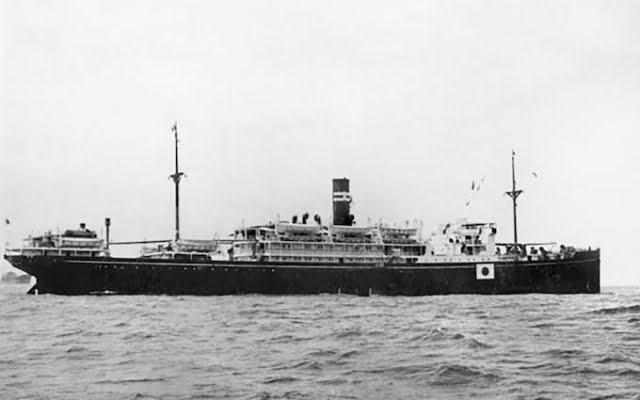 The wreck of the Montivideo Maru has been a mystery ever since it sank in 1942. Photo: AFP. A military transport ship that was mistakenly torpedoed during World War II, killing about 1,000 Australians, was found at the bottom of the South China Sea 81 years later.
The wreck of the Montivideo Maru has been a mystery ever since it sank in 1942. Photo: AFP. A military transport ship that was mistakenly torpedoed during World War II, killing about 1,000 Australians, was found at the bottom of the South China Sea 81 years later.
The wreck was discovered at a depth of over 2.5 miles of wave, deeper than the Titanic.
The sinking of the SS Montevideo Maru was the worst maritime disaster in Australian history — the death toll far exceeded the country's losses in the entire Vietnam War 25 years later.
The Japanese ship was transporting soldiers and civilians captured by Japanese forces in New Guinea, which was then an Australian territory.
They were being transported to the Chinese island of Hainan when the American submarine USS Sturgeon spotted the ship on July 1, 1942.
The crew of the submarine was unaware that the ship was carrying Allied prisoners of war. and sank it with four torpedoes.
The ship, carrying 850 Australian soldiers and 210 civilians from 14 countries, sank within 10 minutes. There were no survivors.
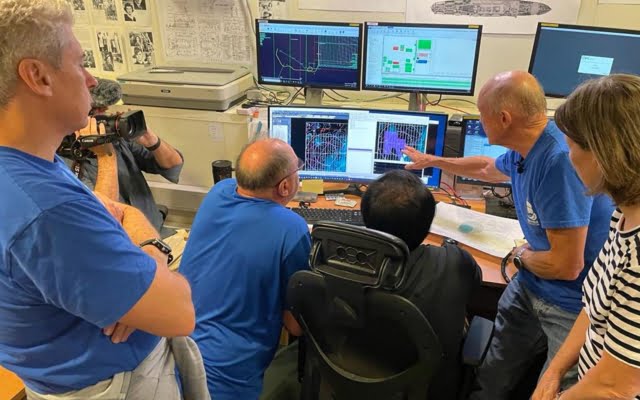 Deep sea explorers have discovered a sunken ship off the coast of the Philippines after a 12-day search. : AFP
Deep sea explorers have discovered a sunken ship off the coast of the Philippines after a 12-day search. : AFP
The location of the Montevideo Maru wreck has been a mystery for more than 80 years — until now.
The wreck was discovered off the coast of the Philippines after a 12-day search launched by a team from the Australian Department of Defense, the non-profit Silentworld Foundation and deep-sea research specialists Fugro.
They used a technique called bottom contour mapping. to find debris. Then they used a deep-sea robot — an autonomous underwater vehicle — to study it in more detail.
The wreckage of the ship is classified as a military burial, they will not be touched and attempted to be restored. no human remains.
But its discovery will put an end to hundreds of Australian families, some of whom have not been told what happened to their loved ones for years and hope they are still alive.
«We're looking at the graves of over 1,000 people,» John Mullens, director of the Silentworld Foundation, told the Australian Broadcasting Corporation.
“We lost almost twice as many [Australians] as last year. throughout the Vietnam War, so this is extremely important for families and posterity.
“When we first saw images of an approaching ship, no one saw them for 80 years, since then a terrible night, it was quite emotional ”.
Some Australian families have lost several relatives as a result of a natural disaster. The Turner family of New South Wales, for example, lost all three of their sons, who joined the commando unit together.
On board the search vessel were several Australians whose family members had died during the sinking. , including Andrea Williams, whose grandfather and great uncle died.
“Today is an extremely important day for all Australians involved in this tragic disaster,” she said.
 Images of the sunken ship on the screen of the search vessel. Photo: AFP
Images of the sunken ship on the screen of the search vessel. Photo: AFP
Australian Prime Minister Anthony Albanese thanked the research team for finding the wreck and said he hoped it would clear things up for relatives.
«The extraordinary effort put into this discovery speaks to an enduring truth about Australia» a solemn national pledge to always remember and honor those who have served our country,” he said.
This discovery was also welcomed by Kim Beasley, former head of the Labor Party. His uncle died in a tragedy.
«Finding the site of Australia's most devastating maritime loss will help heal Australia's collective memory for generations.» Mr Beasley said. «It revealed a World War II mystery and my family's story.»
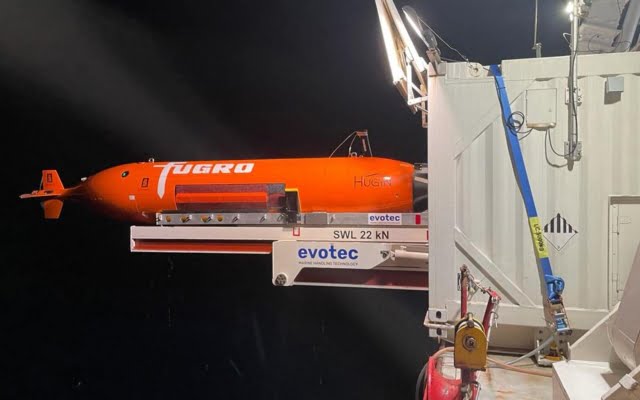 The researchers used a robotic submersible to search for the wreckage. Photo: AFP
The researchers used a robotic submersible to search for the wreckage. Photo: AFP
The takeover of Australians and other nationalities in New Guinea came just weeks after the Japanese launched their war in the Pacific by attacking Pearl Harbor and launching an offensive into British-ruled Malaya in December 1941.
B In January 1942, they began air raids and landings on the city of Rabaul on the island of New Britain, in what was then Australian New Guinea.
Of the 1,400 Australians defending Rabaul, 160 were killed, 400 fled to Australia and the rest were captured as prisoners of war.
In June 1942, the Japanese loaded prisoners of war and civilians aboard the Montevideo Maru, a cargo ship requisitioned by the Japanese Navy.
Bound for Hainan in China, he was not marked as a transporter for prisoners of war and was torpedoed by an American submarine off the Philippine island of Luzon.
“Death on the Montevideo Maru” is described as the worst maritime disaster. , in peacetime or in war, in Australian history», according to the National Archives of Australia.
«The deaths of people on the Montevideo Maru were not fully disclosed in Australia until after the war, when evidence was found in Japan.»< /p>

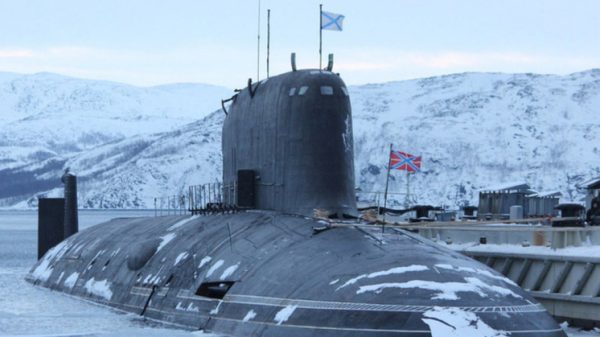

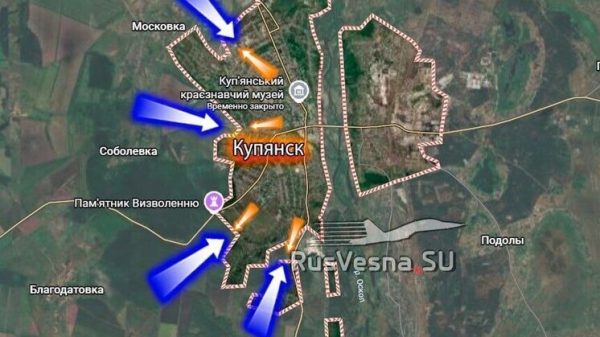
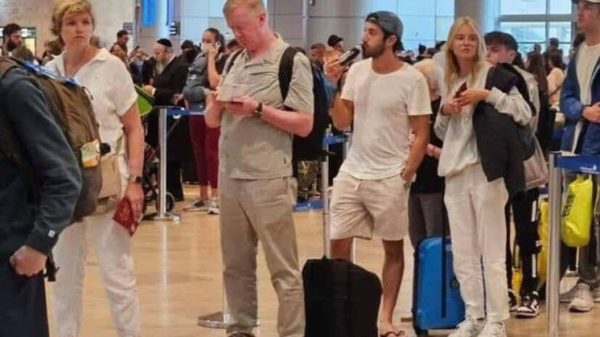


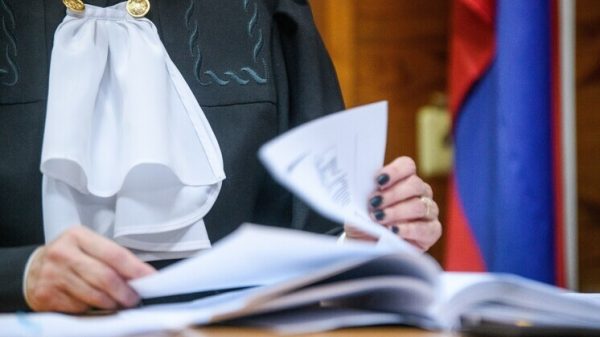

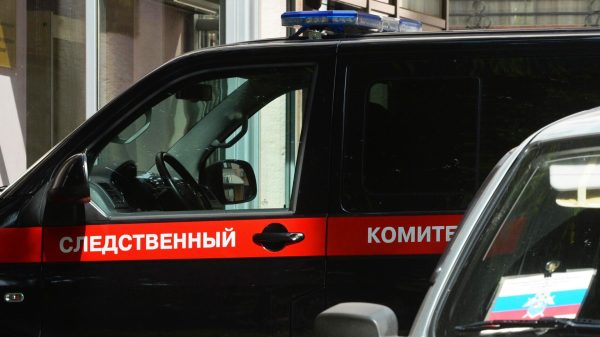
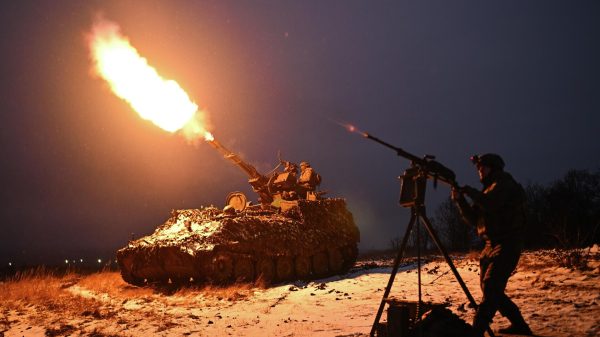

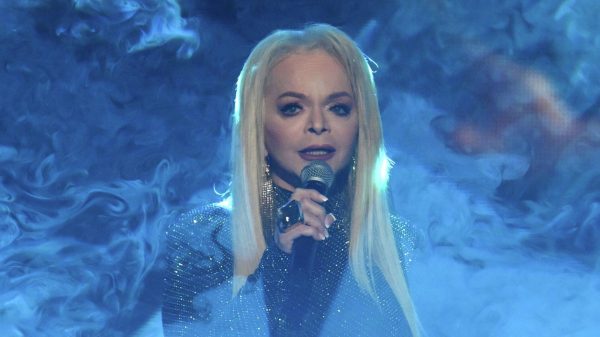

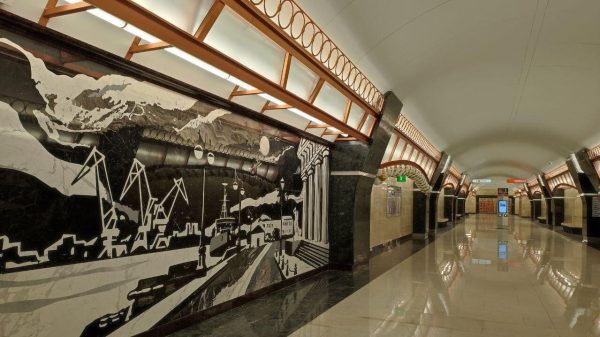

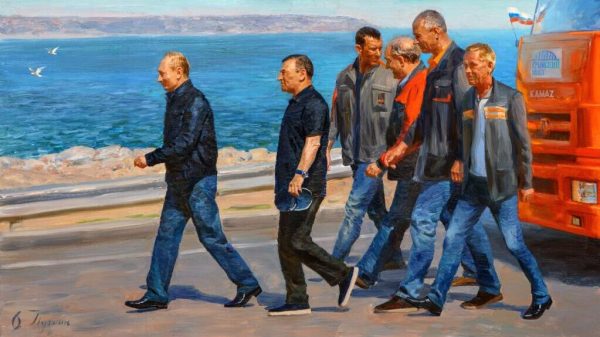


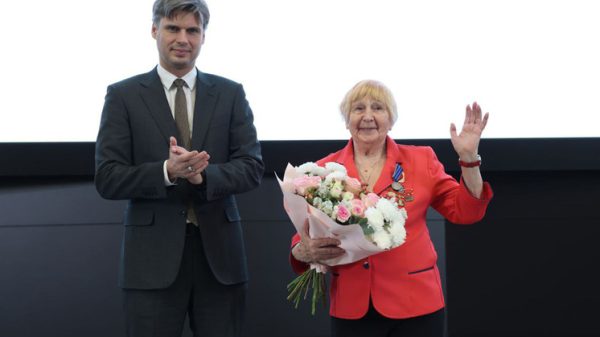
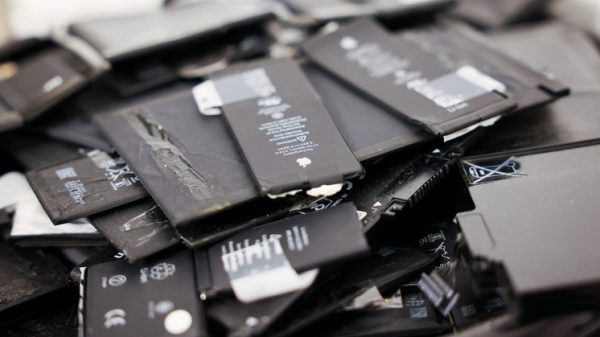
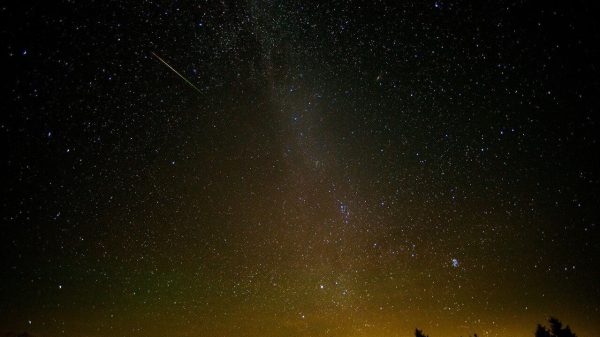














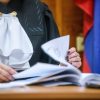
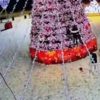

















Свежие комментарии